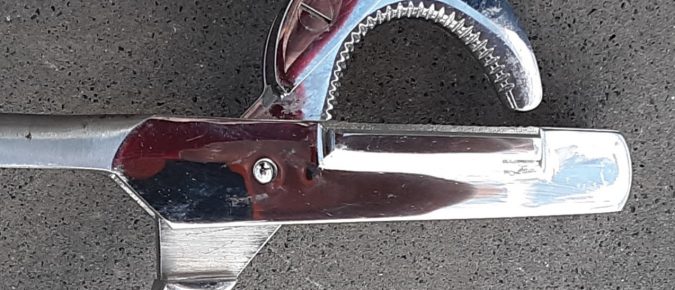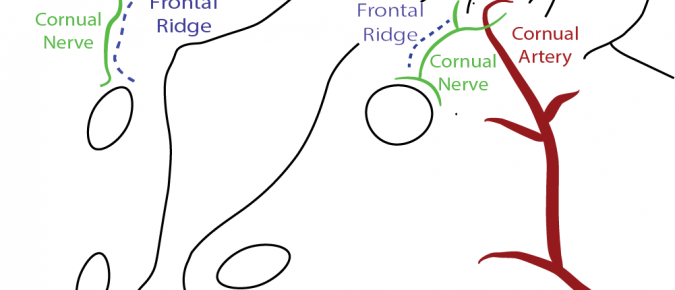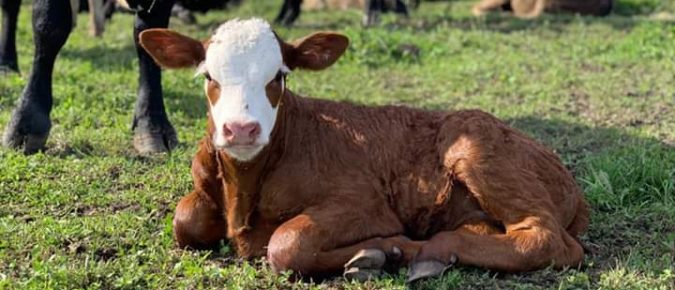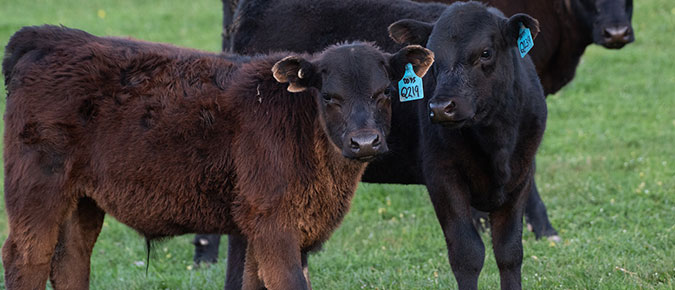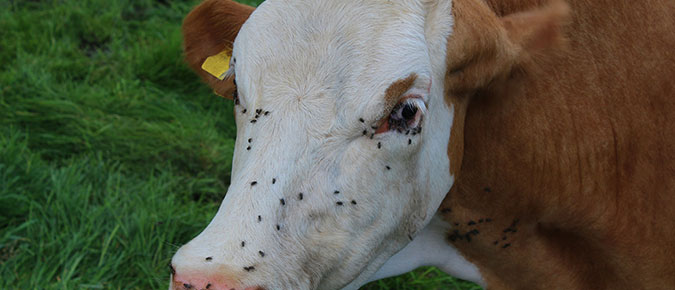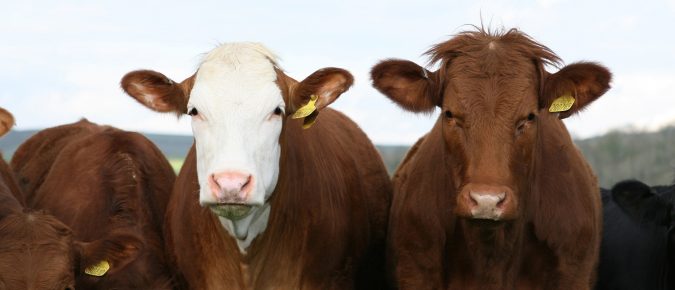Preconditioning is a management practice that many producers implement to increase buyer interest and add value to their feeder calves by building the health status of calves and training them to feed bunks and waterers post weaning.
There are various castration methods, and it is recommended that castrations be performed in calves at the youngest age possible, preferably within three months of age. Using a proper castration procedure on a young calf can add more beef value at the time of marketing.
Horned cattle are discounted in beef markets. Using polled genetics is the best way to avoid having to remove horns. Beef genetics are often polled, but cross breeding with dairy cattle may result in horns. Monitor beef or beef x dairy crossbred calves during their first six weeks of life for the growth of horn buds and disbud immediately as they are identified.
Respectable preconditioning programs focus on health AND nutrition. The goal of these programs is to help calves succeed during their next phase of production at the feedlot, stocker, or heifer development facility.
Moraxella bovis is the bacteria responsible for summer pinkeye. Research has identified a non-summer pinkeye that is associated with carrier animals and its lesions do not need physical trauma or summer flies and UV light to precipitate them.
We often think of pinkeye as only a summer problem; and in Wisconsin, July-August is a key time to be watchful for the contagious pinkeye that develops in response to eye irritation from UV light and physical eye irritation from mature grass/seed heads, blowing dust/sand and flies, primarily face flies.
Preventing traditional summer pinkeye in cattle involves eliminating the many eye irritations listed in this report. Identifying and taking steps to resolve physical hazards in your operation, including face fly control, may be more effective than pinkeye vaccinations.


